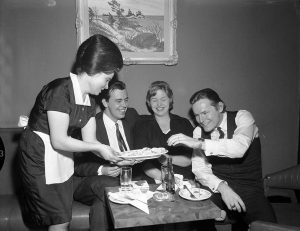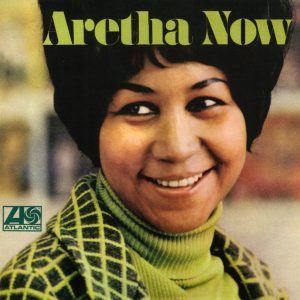A gentleman by the name of Leo T.Sullivan runs a series of small and eloquent Web pages dedicated to jazz greats. His tastes seem to trend toward “players’ players” — musicians who perhaps don’t have the fame of the Dizzy Gillespies and Louis Armstrongs of the world, but clearly had the respect of their contemporaries and fans who had real insight. That isn’t always the case: Art Tatum and Art Farmer certainly were famous. But in many cases, Sullivan’s subjects are not household names.
Sonny Stitt is one such player. The saxophonist may not be familiar to non jazz fans, but those in the know certainly don’t question his greatness. Here is how Sullivan’s profile of Stitt starts:
Sonny Stitt made more records as a leader than any other jazz instrumentalist. Although eclipsed in his era by the extraordinary attention focused on Charlie Parker, Stitt was highly admired by both fans and musicians. Equipped with magnificent technique and iron chops, and gifted with an innate ability swing, he could turn on the music seemingly at will.
Stitt could rip through an up-tempo bebop stanza, then turn around and play a shivering, captivating ballad. Stitt was a virtuoso on the horn and relished competition on the bandstand. Stitt had the qualities essential to a tenor battler; he was implacable, indefatigable and inventive. Although his playing was at first heavily inspired by Charlie Parker and Lester Young, Stitt eventually developed his own style, one which influenced John Coltrane. Stitt was especially effective with blues and with ballad pieces such as Skylark. (Continue Reading…)
AllMusic focused on the connection to Charlie Parker:
Charlie Parker has had many admirers and his influence can be detected in numerous styles, but few have been as avid a disciple as Sonny Sitt. There was almost note-for-note imitation in several early Stitt solos, and the closeness remained until Stitt began de-emphasizing the alto in favor of the tenor, on which he artfully combined the influences of Parker and Lester Young. Stitt gradually developed his own sound and style, though he was never far from Parker on any alto solo. A wonderful blues and ballad player whose approach influenced John Coltrane, Stitt could rip through an up-tempo bebop stanza, then turn around and play a shivering, captivating ballad. (Continue Reading…)
Above is a rendition of the Parker song “Buzzy,” which could be used in a post about several great musicians, including the trumpet great player Howard McGhee, who leads off. “Everything Happens to Me” is below.
(Home Page Photo: Tom Marcello)










Add Comment